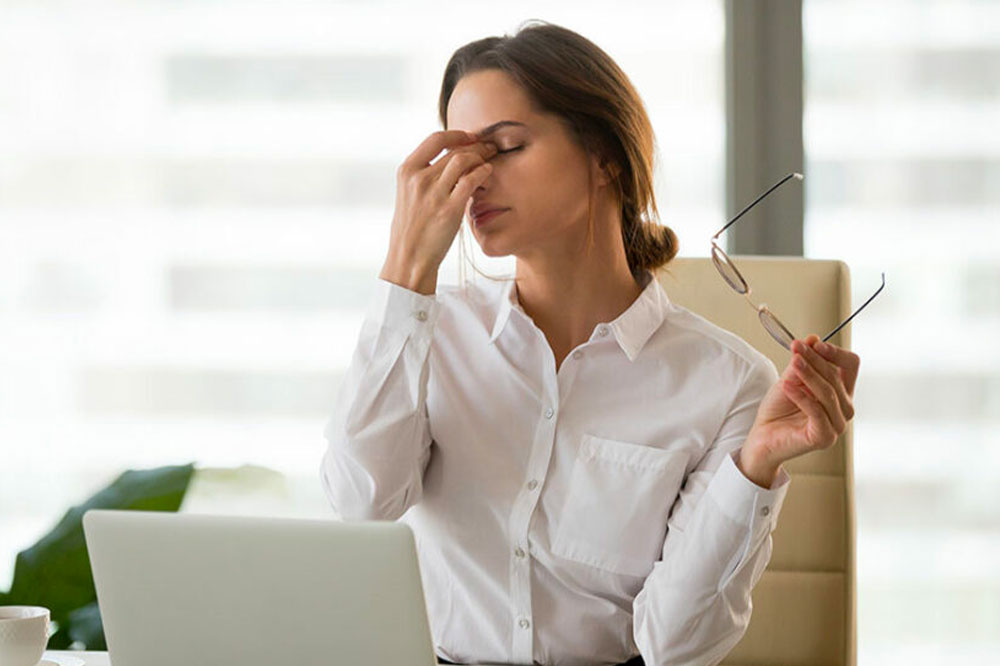7 exercises to sweat the migraine away

Exercising has a lot of benefits, some we are already aware of, some most of us overlook. Either way, its importance in our lives is not a secret. Why, then, do we choose to scroll through our phones or mindlessly jump between shows instead of using that time to build a healthier mind and body? Regular exercise not only helps you build muscles, it also helps you build resistance to various issues, such as migraines. So, here are seven exercises to sweat the migraine attack away.
Stretching
Stretching for as little as 10 minutes daily can significantly improve your headache. Migraines can be a pain to deal with, and exercising might be the last thing you want to do when in pain. When you don’t want to take time and exercise, try some simple stretches to help relieve your migraine. It will help improve blood circulation and, in turn, ease the tension. Some simple and effective stretches include:
Chin tucks
This is most effective in people that work at a desk and have poor posture as their constant companion. Chin tucks help realign the neck, head, and shoulders, improving your posture. Sit with your back against the back of the chair or the wall with your spine long while performing this exercise.







